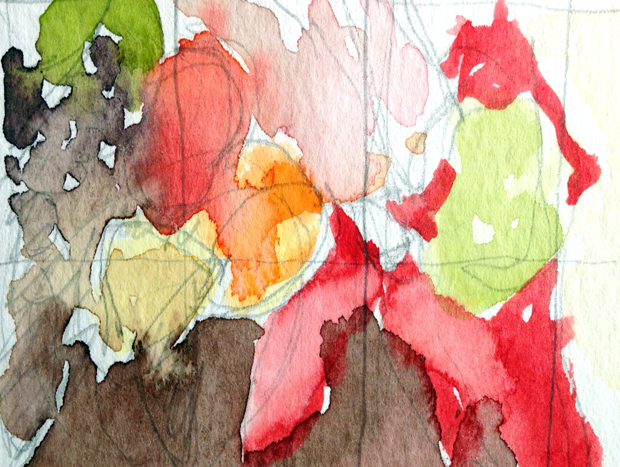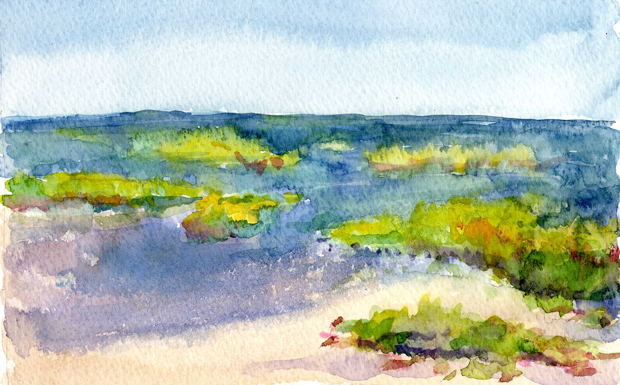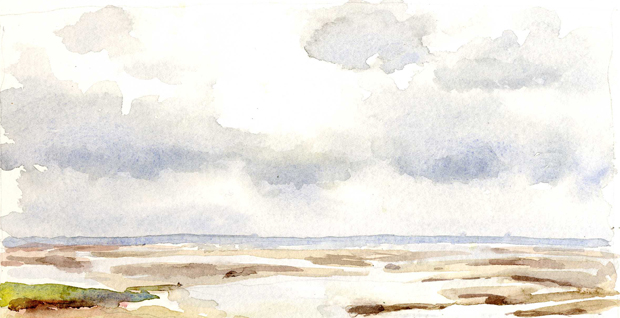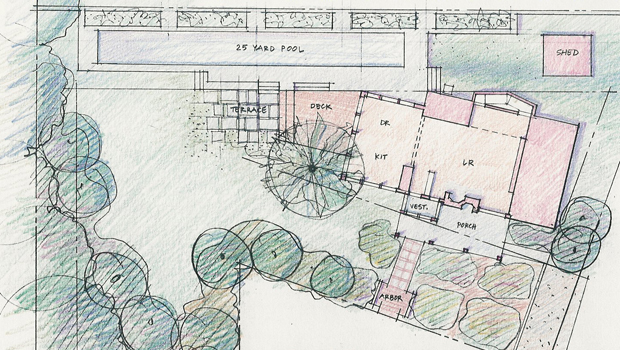“For Plato, the allegory of the cave implied a journey beyond the realm of the body and the senses to the realm of immaterial ideas. But its meaning has been hijacked. For materialists, objective reality is not the realm of ideas but mathematicized matter. In the modern version of this allegory, scientists alone can step out of the cave, observe reality as it is, and come back into the cave imparting some of this knowledge to the rest of humanity, confused by rival subjectivities. Only scientists can see reality and truth. The philosopher, and later the scientist, have to free themselves from the tyranny of the social dimension—public life, politics, subjective feelings, popular agitation, in short, from the dark cave—if they want to accede to truth. Back within the cave, the rest of humanity is locked into the realm of multiculturalism, conflict, and politics.” ~ Rupert Sheldrake, Science Set Free
Years ago, I had a fascinating conversation with my nuclear physicist uncle, who spent his career on fusion (the way the sun works), rather than fission (which is how commercial nuclear power is produced). I asked him how he could consider nuclear power to be “clean” energy, when it produces radioactive waste that we hardly know what to do with—other than bury it in sacred mountains and saddle future generations with the problem. He stated that President Carter had ruined the purity of the science by agreeing via treaty never to reprocess spent fuel. The way it was designed originally, spent fuel could be recycled virtually ad infinitum and fed back into reactors, thereby creating a closed loop. (This is my own layman’s interpretation.) He was well and truly offended that politicians would meddle in things they don’t understand. Continue reading









